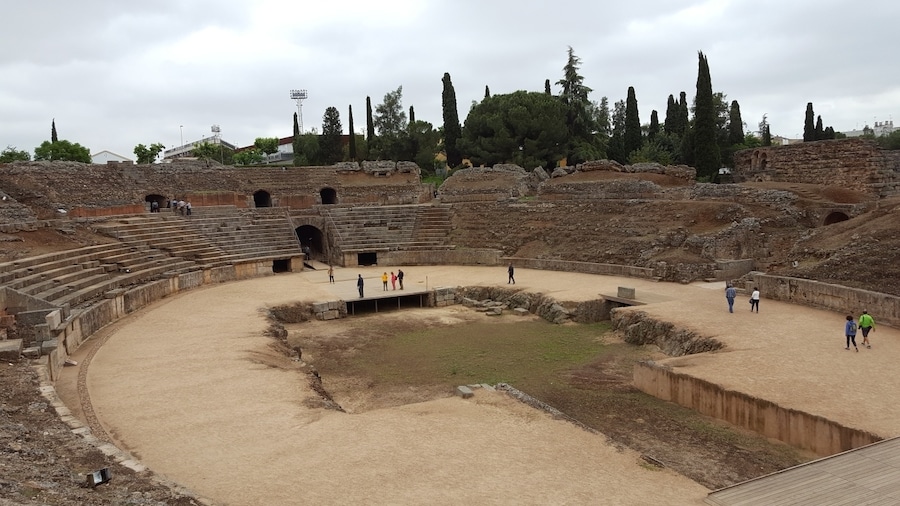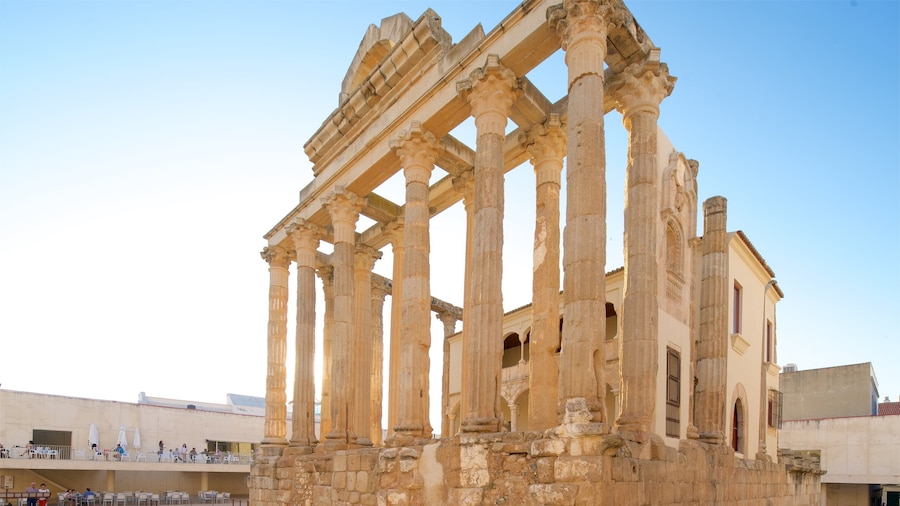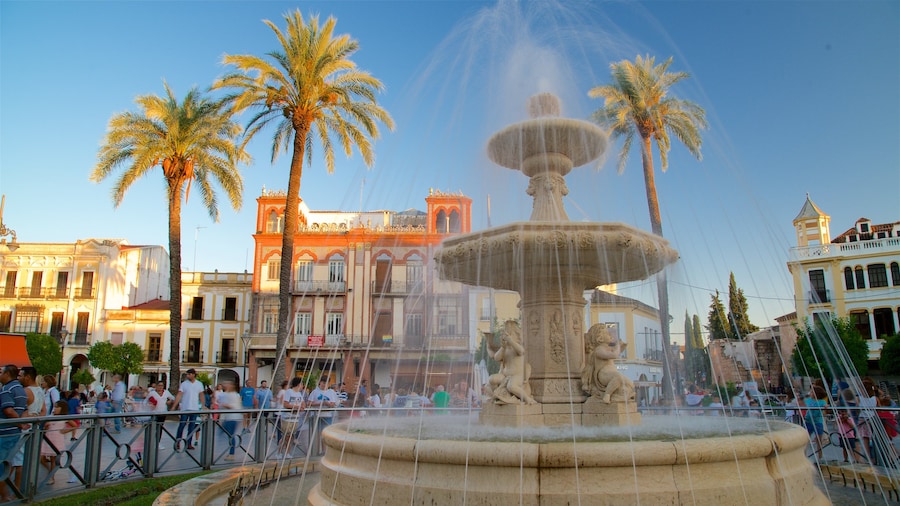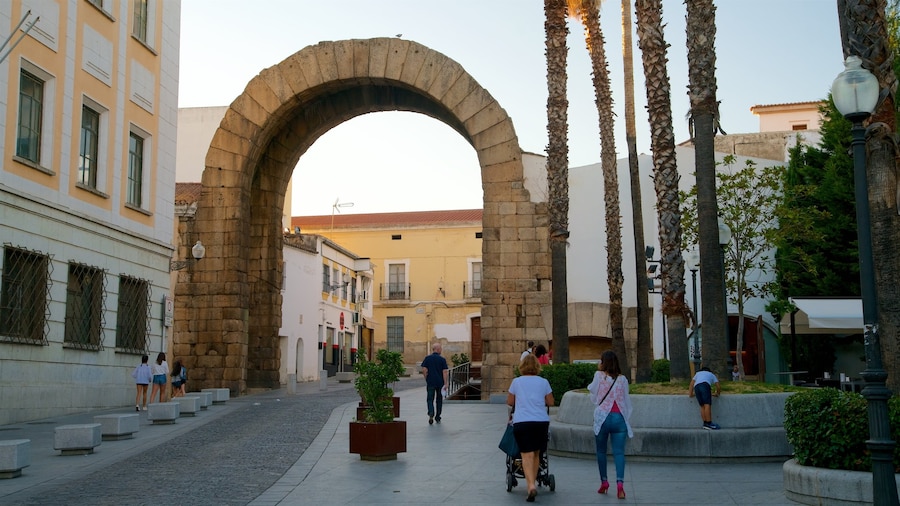国立古罗马艺术博物馆
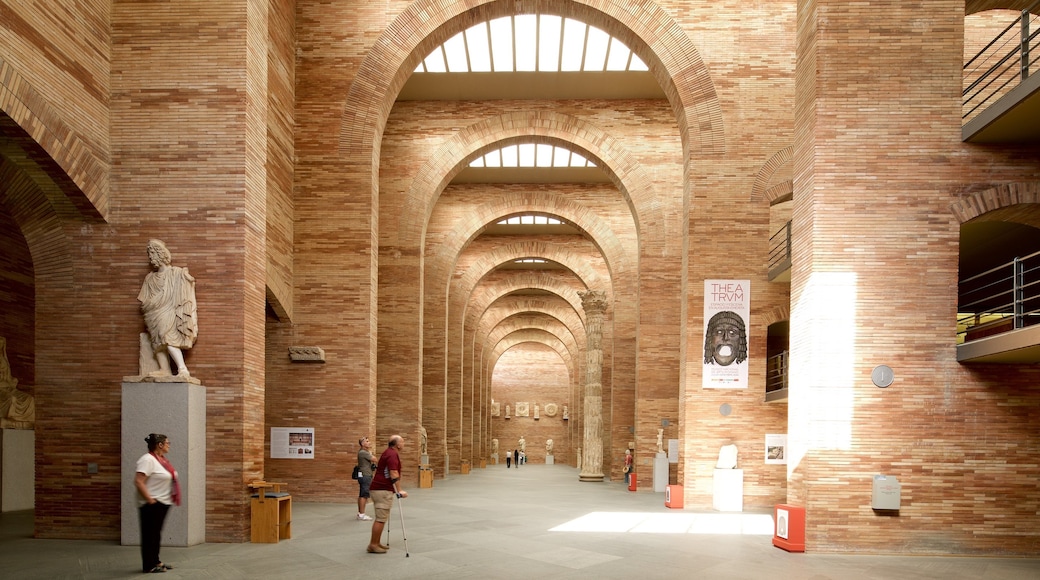

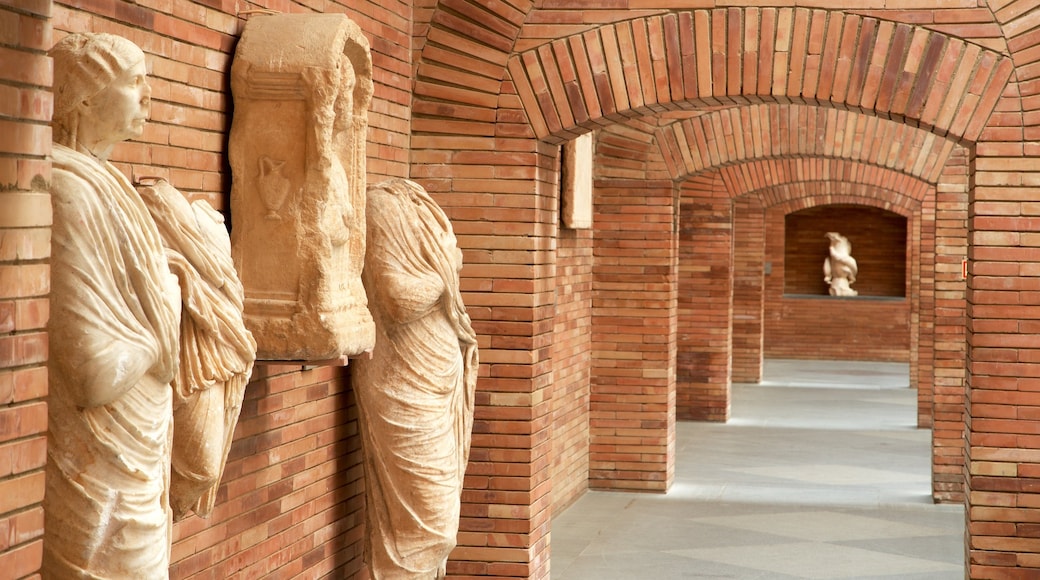

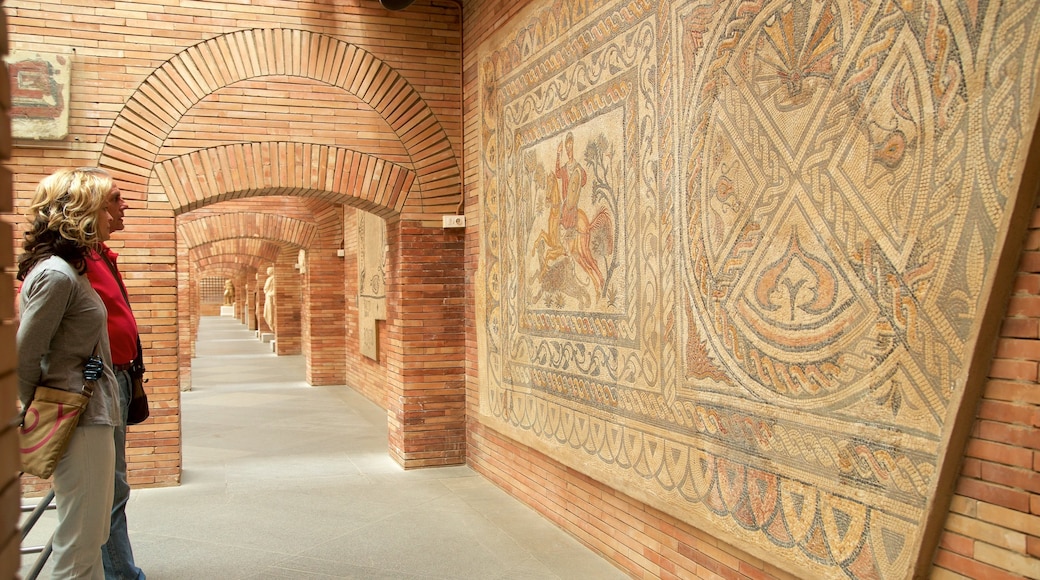
游览国立古罗马艺术博物馆
热门酒店优惠

AZZ美里达梅德阿
Av De Portugal S/n Merida Badajoz

阿克拉酒店 梅里达
C / Romero Leal 18 Merida Badajoz

阿洛拉酒店 梅里达
Paseo de las Artes y los Oficios, 15 Mérida Badajoz

诺瓦罗马酒店
Calle Suárez Somonte 42 Merida

庞贝亚旅馆
C. Parejos 19 Merida Badajoz
基于过去 24 小时内找到的、2 位成人 1 晚住宿的每晚最低价格。价格和供应情况可能会有所变动。可能需遵守其他条款。

